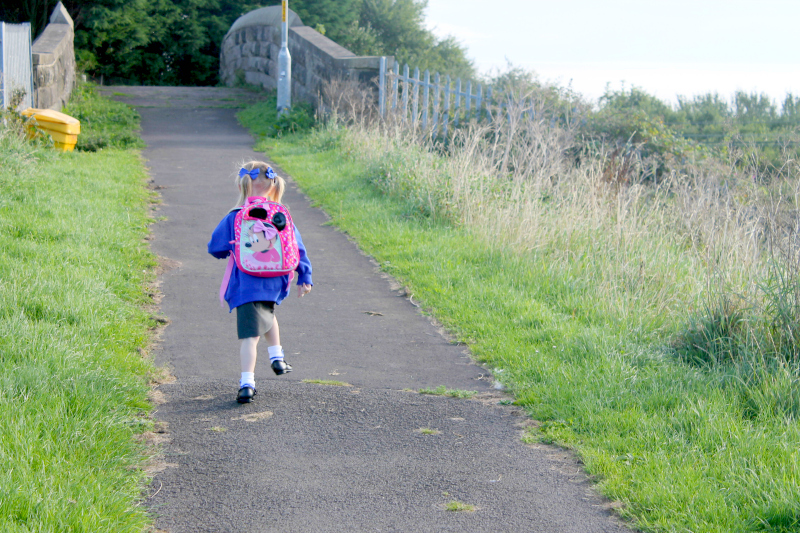
What Does Online Learning Look Like*
Online learning has evolved significantly in recent years, moving far beyond simple worksheets and video lectures. Today, it offers a dynamic and flexible approach to education, often blending the best of traditional methods with the innovation of digital technology. But what exactly does online learning look like in practice?

A Flexible and Personalised Learning Experience
One of the most defining features of online learning is flexibility. Pupils can access materials at times that suit their personal schedules and learning rhythms. This is particularly beneficial for students who may need extra time to digest information or who thrive in quieter, less pressured environments.
Platforms often allow for lessons to be paused, replayed, or revisited, which supports deeper understanding and retention. With this flexibility comes the ability to personalise the learning journey. Online tools can adapt content to a student’s ability level, pace, and interests—something that’s harder to achieve in a traditional classroom setting.
Interactive Tools and Engaging Content
Gone are the days of passive learning. Modern online school platforms are built to engage. From quizzes and polls to digital whiteboards and breakout rooms, pupils can interact with both content and classmates in real-time.
Video conferencing tools like Zoom or Microsoft Teams facilitate face-to-face lessons, group discussions, and one-on-one sessions with teachers. Meanwhile, platforms like Google Classroom or Seesaw provide a structured space for sharing assignments, giving feedback, and tracking progress.
Gamification elements—such as badges, points, and interactive challenges—also help keep learners motivated and involved, particularly younger students who respond well to play-based learning.

Collaboration Across Distance
Despite the physical separation, online learning can be surprisingly social. Collaborative projects and group tasks can be conducted using shared documents, forums, or virtual breakout spaces. This promotes teamwork, communication skills, and digital literacy.
Many schools also use online platforms to create virtual clubs, assemblies, and social time to ensure pupils continue to feel connected and part of a community—even when learning from home or in hybrid models.
Real-Time Feedback and Ongoing Assessment
Assessment in online learning is no longer limited to end-of-term tests. Teachers can provide instant feedback through quizzes, audio notes, and live marking sessions. Platforms can track pupil engagement and progress, allowing for early intervention if a student is struggling.
For parents, this means greater transparency and the ability to stay informed about their child’s journey through dashboards and reports.
Preparing for a Digital Future
As technology continues to play a central role in education and the wider world, learning how to learn online is an essential skill. Pupils develop independence, time management, and self-motivation—traits that will benefit them throughout life.
At its best, online learning is not a replacement for in-person teaching, but a powerful extension of it. Whether used as a standalone solution or to support classroom learning, it offers a forward-thinking, inclusive, and adaptive approach to education.




